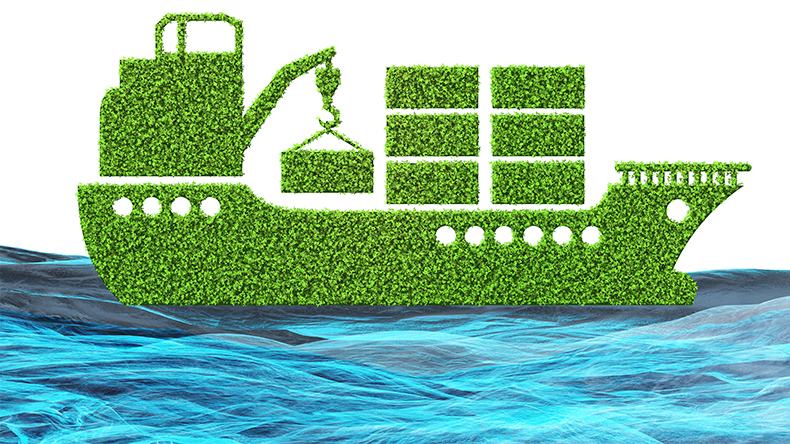
MoPSW : The push for green shipping getting stronger in India
NEW DELHI : The Ministry of Ports, Shipping and Waterways has set the ball rolling on green energy with plans to set up hydrogen bunkers — for storage, handling and generations — in three ports. It has already initiated discussions with the Power Ministry in this regard. The three ports that have been identified as “probable hydrogen hubs of the future” are Paradip Port (Odisha), Deendayal Port (Gujarat) and VO Chidambaranar Port (Tamil Nadu), the Union Minister for Ports, Shri Sarbananda Sonowal said.
“These three major ports will be developed as hydrogen hubs of the future by 2030. And as of now, we will be setting up bunkers to enable hydrogen generation, storage and handling as a part of our push towards green shipping and the National Hydrogen Mission. We are already talking with the Ministry of Power and chalking out a roadmap on how to go about this,” Sonowal said an interview.
‘The ultimate solution’
Hydrogen, a clean energy source, is liquefied at a cryogenic temperature of -253°C, making it dense enough to be stored and transported as liquid hydrogen since its gaseous volume is reduced by 800 times when liquefied.
One of the most abundant chemicals in existence, and used as an inert gas for a long time, hydrogen is recognised as the ultimate solution to the environmental challenges of clean transportation — reduction of greenhouse gases, pollution in cities and dependency on fossil fuels.
While Sonowal did not share the cost break-up, the focus will be on cutting down carbon emissions across port operations.
Net-zero targets
The Union Cabinet earlier this year had approved an initial outlay of ₹19,744 crore for the National Green Hydrogen Mission as India targets to achieve net-zero carbon emissions by 2070.
“Governments have committed to reduce carbon emissions in the shipping sector by 50 per cent, before 2050. Industry incidentally has been slow to respond,” a shipping expert said.
Norway is amongst the few countries that have taken steps towards green shipping, and in February, Sonowal met the European nation’s minister, Jan Christian Vestre to discuss the issues of bilateral interest. Matters regarding the implementation of green shipping initiatives were also discussed during the meet.
In November 2022, some of the world’s leading organisations and initiatives across the shipping value chain, along with some of the largest producers of green hydrogen, signed on to a joint statement at COP27, committing to rapid use of low-carbon fuels (based on green hydrogen) to accelerate decarbonisation of global shipping.
The shipping sector currently accounts for 3 per cent of the global greenhouse gas emissions but is expected to grow to 50 per cent by 2050, if the industry goes on a business-as-usual path.
The joint statement on Green Hydrogen and Green Shipping, facilitated by the UN Climate Change High-Level Champions and non-profit RMI, was signed by representatives of Aspen Shipping Decarbonisation Initiative, Getting to Zero Coalition, Green Hydrogen Catapult, Green Hydrogen Organisation, ACWA Power, A.P. Moller – Maersk, CWP Global, Fortescue Future Industries, Inter-Continental Energy and MAN Energy Solutions. Industry sources say that it takes a lot of energy to haul a ship through water and there are an increasing number of ships to haul as the world trade grows.
Sustainability to the fore
“Energy consumption can be reduced through efficient designs, installing technology to use renewable energy among others,” Union Minister Sonowal said, adding that PSUs like Cochin Shipyards are working on energy efficient ship designs and other energy conservation measures.
“India would also push hydrogen fuel cell ferries, autonomous surface vessels, low-emission LNG-hybrid vessels, zero emission solar battery Ro-Ro ferry vessels, inland and coastal LPG/LNG carriers,” he said.
India aims to meet 60 per cent of the power requirements at major ports through renewables like solar and wind. Currently, renewables account for 10 per cent of the power requirements. To achieve this aim, 50 per cent of the equipment will be electrified by 2030 and ports would supply shore power to visiting ships in a three-phased manner, Sonowal added.
